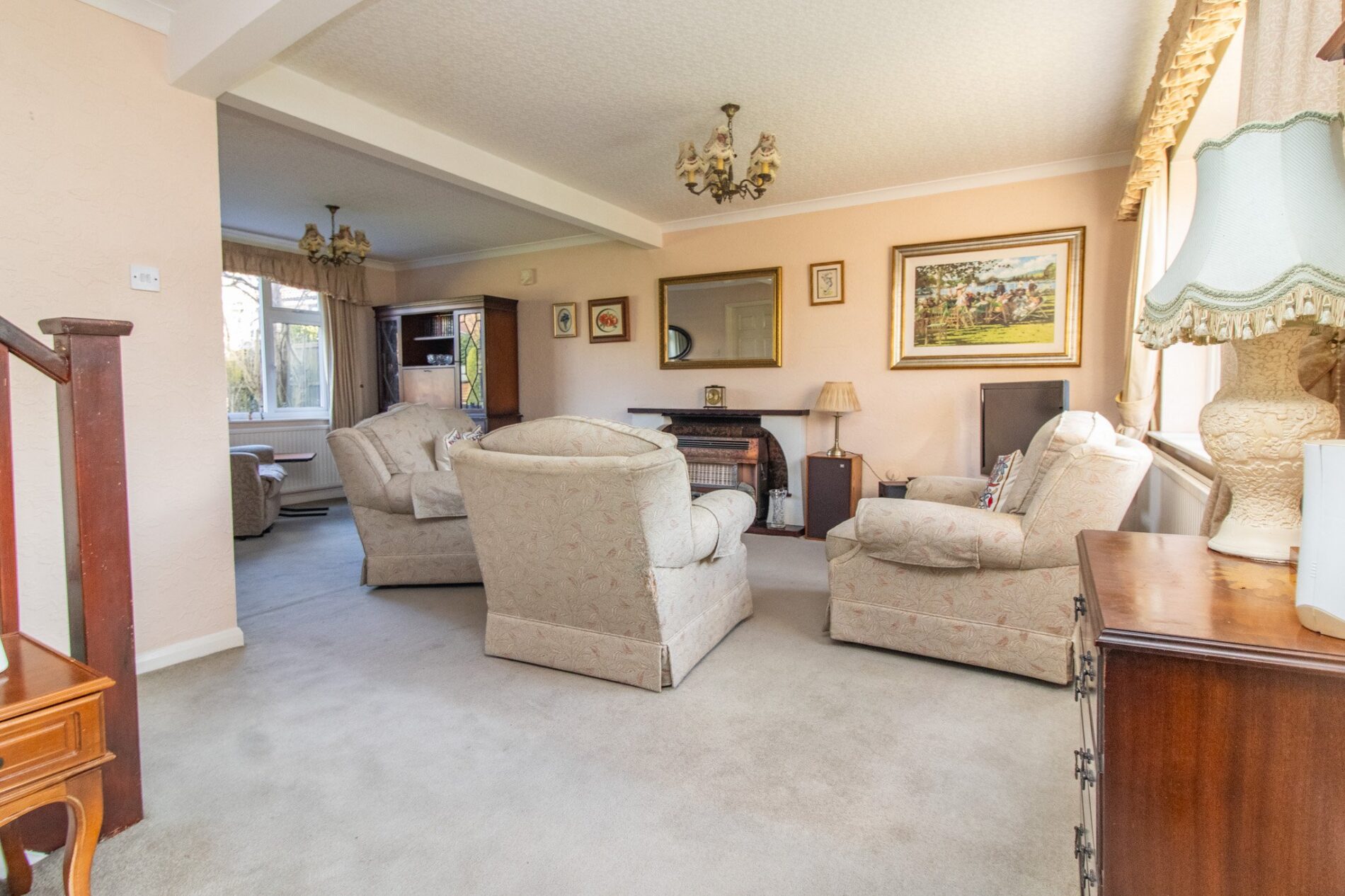The housing market is going through significant changes, with letting agents, estate agents, conveyancers and other major figures in the property market looking closely at several far-reaching legislative changes.
Whilst by far the most significant and most widely debated is the Renters’ Rights Bill, given its fundamental alterations to tenancy agreements, contracts and the rights and responsibilities of landlords, other parts of the housing market are seeing massive reforms as well.
One of the biggest of these is the establishment of the commonhold system, a form of communal freehold designed to displace and end the often-controversial leasehold system in housing.
To understand why this change has been a long time coming and why leaseholds have been so controversial for so long, it is important to know the difference between a leasehold and a freehold, as they provide a buyer with very different rights.
What Is A Leasehold And A Freehold?
Leaseholds and freeholds are often discussed in relation to each other, in part because they are the two main types of property ownership. Whilst buying either a leasehold or a freehold is undertaken through an estate agent, they confer very different rights of ownership.
A freehold is true ownership of a property; you own the building, the land it is on and the sky directly above it, with rights to use it for as long as you own the freehold.
By contrast, a leasehold is a limited right to own a property (but not the land on which it resides) for a fixed period of time, often measured in decades or centuries. This lease can be extended, but when it ends, the rights of the property go to the freeholder of the land.
When Might You Buy A Leasehold?
Many maisonettes and flats are owned under a leasehold model, which means that you own your particular flat but not the building or land surrounding it. It also means that you may need to pay ground rent or other charges.
In some cases, houses are sold as leasehold rather than freehold properties, which can make them difficult to sell or remortgage once the lease starts to run low.
Why Are Leaseholds So Controversial?
In the government’s introduction to legislation to ban new leasehold flats and establish a commonhold ownership system, it described the leasehold system as “feudal”, and there have been a lot of disputes between leaseholders and freeholders over the years.
Leaseholders often own their property subject to specific rules surrounding its use, meaning that, for example, leaseholders cannot undertake major renovation works without permission, may not be allowed to sublet rooms or own pets.
Breaching these rules can lead to the lease being broken and the rights of the property returning to the freeholder. It is possible to buy the freehold, but it can be a complicated and expensive process.
What Is The Alternative?
The government wants to replace leaseholds with commonholds, which is a model of shared ownership where instead of owning a lease to use the property, every flat owner owns the freehold as a collective and can manage the property accordingly.
It was introduced in 2002 but adopting the system has been complicated due to freeholders not wanting to lose the rights and ground rents they receive from leaseholders.
This recent initiative reforms the existing rules surrounding commonholds and aims to set up a transition away from the leasehold model.






